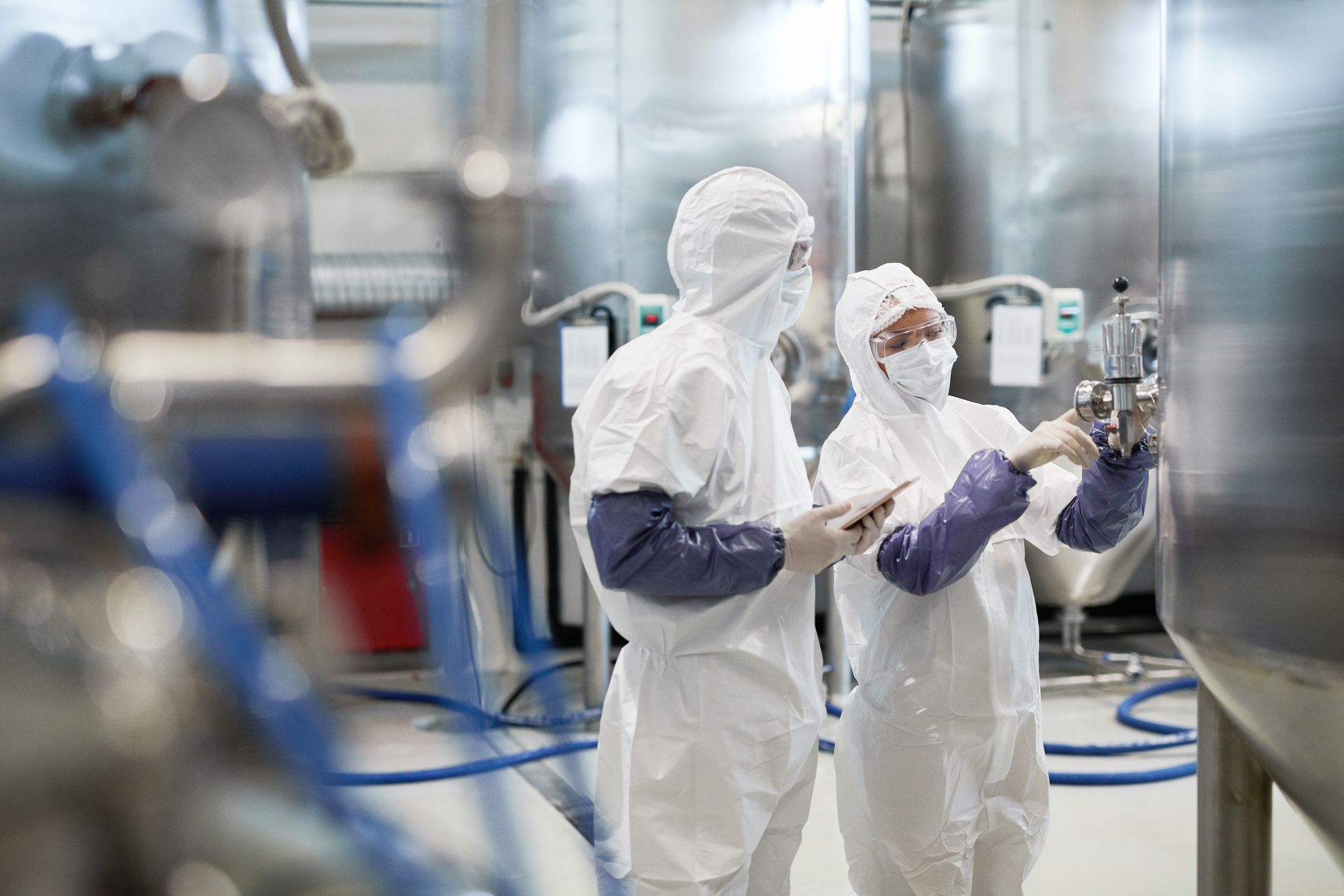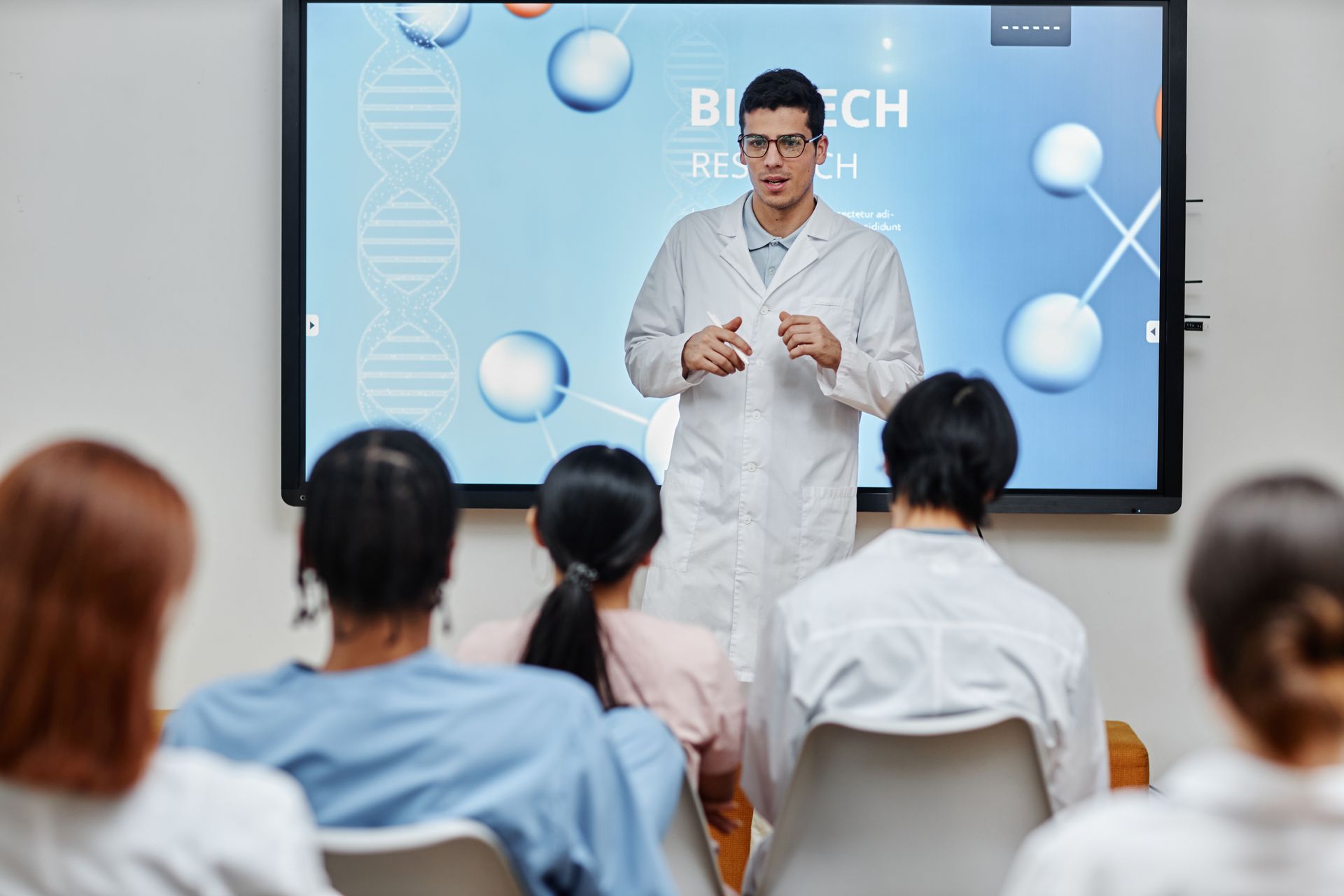Maintaining Cleanliness: Best Practices for Cleanroom Operation
In the realm of critical manufacturing and research, cleanrooms stand as guardians of purity and precision. These specially designed environments, where the concentration of airborne particles is meticulously controlled, are indispensable in industries such as pharmaceuticals, biotechnology, semiconductor manufacturing, and aerospace. The operation of a cleanroom, however, goes beyond its initial design and construction; it encompasses a rigorous regimen of maintenance practices aimed at preserving the integrity of the controlled environment. This article delves into the best practices for cleanroom operation, emphasizing the strategies that ensure sustained cleanliness and compliance with relevant standards.
Understanding Cleanroom Standards
Before diving into operational best practices, it's crucial to understand the standards that govern cleanroom cleanliness. The most widely recognized benchmark is the ISO 14644 series, which classifies cleanrooms based on the number of particles (0.1 to 5 micrometers in size) allowed per cubic meter of air. For instance, an ISO Class 5 cleanroom permits up to 3,520 particles (≥0.5μm) per cubic meter, whereas an ISO Class 8 allows up to 3,520,000.
Compliance with these classifications isn't static; it demands continuous monitoring and adherence to operational protocols designed to minimize particle generation and infiltration.
Best Practices for Cleanroom Operation
Regular and Rigorous Cleaning
- Scheduled Cleaning: Implement a rigorous cleaning schedule that covers all areas of the cleanroom, including floors, walls, ceilings, and surfaces of equipment. The frequency of cleaning should align with the cleanroom's ISO classification and the nature of operations conducted within.
- Cleaning Techniques: Use mop systems, wipes, and vacuums that are designed for cleanroom use, ensuring they don't contribute to the particle load. Techniques such as "wipe-clean-wipe" can be effective in removing and capturing contaminants.
- Cleaning Agents: Select cleaning and disinfecting agents that are compatible with the cleanroom environment. For instance, isopropyl alcohol (IPA) is a common choice for surface disinfection due to its rapid evaporation rate, minimizing residue.
Controlling Access and Personnel Flow
- Restricted Entry: Limit access to the cleanroom to essential personnel who have undergone proper training in cleanroom protocol.
- Gowning Procedures: Establish strict gowning and degowning procedures for entering and exiting the cleanroom. This includes the use of cleanroom-approved apparel such as coveralls, hoods, gloves, boots, and face masks.
- Personnel Flow: Designate specific pathways within the cleanroom to minimize cross-contamination. Implementing a unidirectional flow where possible can reduce the mixing of clean and contaminated air.
Environmental Monitoring
- Particle Counting: Regularly monitor the particle count within the cleanroom using particle counters. This helps in identifying trends and potential breaches in cleanliness.
- Microbial Monitoring: In cleanrooms where sterility is crucial (e.g., pharmaceutical manufacturing), conduct regular microbial monitoring through air and surface sampling.
- HVAC Performance: Keep a close eye on the performance of the Heating, Ventilation, and Air Conditioning (HVAC) system, ensuring filters are replaced or cleaned as required and that airflows maintain the designated patterns and pressure differentials.
Equipment and Material Handling
- Cleanroom-Compatible Materials: Ensure that all materials and equipment brought into the cleanroom are compatible with its cleanliness standards. This may involve pre-cleaning, special packaging, or using materials that don't shed particles.
- Minimize Inside Traffic: Reduce the movement of equipment and materials within the cleanroom to the bare minimum necessary to perform operations. Each movement can potentially introduce contaminants.
Training and Awareness
- Regular Training: Conduct regular training sessions for all cleanroom personnel, including cleaning staff, to reinforce the importance of cleanroom discipline and the correct execution of protocols.
- Culture of Cleanliness: Foster a culture of cleanliness and contamination control. Encourage personnel to take personal responsibility for maintaining the cleanroom's integrity.
Continuous Improvement
- Incident Analysis: Analyze any incidents of contamination or breaches in protocol to identify root causes and implement corrective actions.
- Stay Informed: Keep abreast of advancements in cleanroom technology and updates to standards. Continuous improvement should be a cornerstone of cleanroom operation.
Conclusion
The operation of a cleanroom extends far beyond its physical infrastructure. It encompasses a comprehensive array of practices, from rigorous cleaning protocols and strict access control to diligent training and continuous environmental monitoring. By adhering to these best practices, facilities can maintain the cleanliness standards essential for their critical operations, ensuring the quality and safety of the products manufactured or researched within these controlled environments.
Read more: All About Cleanrooms - The ultimate Guide






